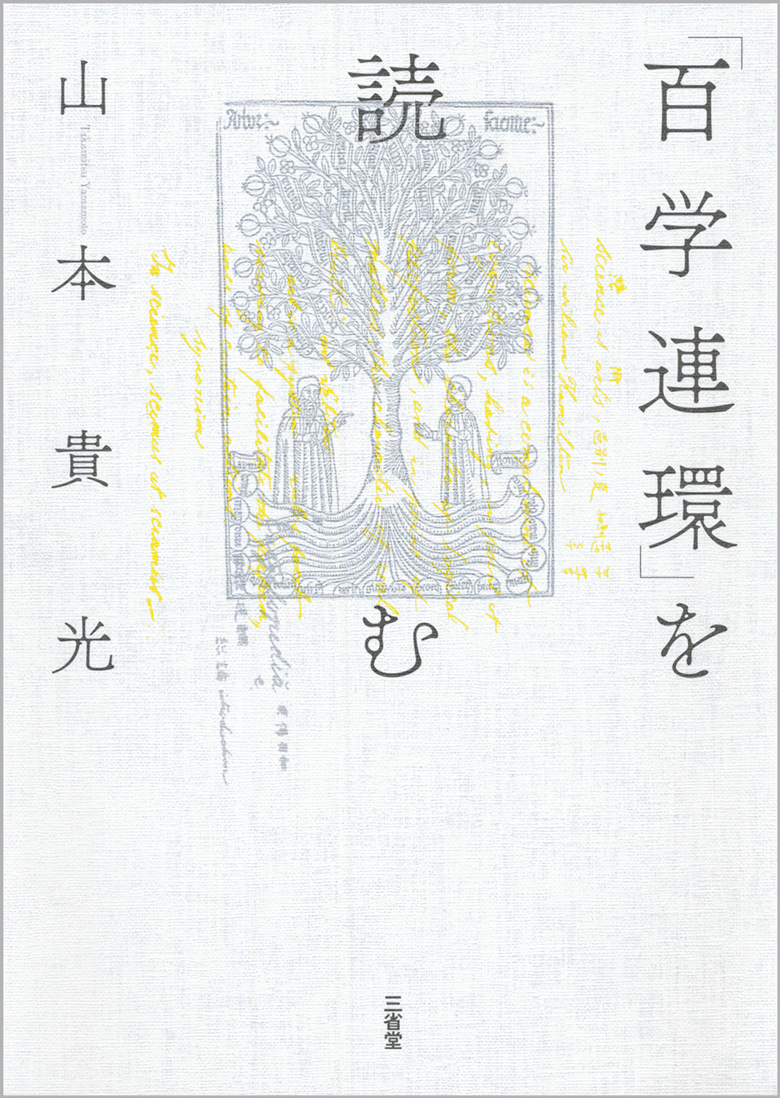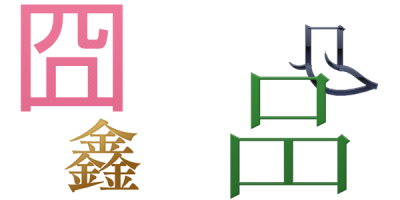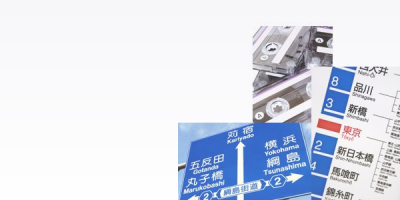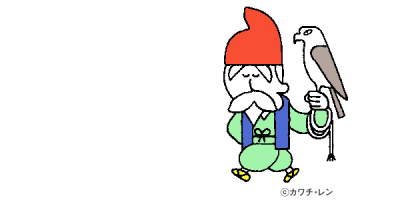さて、前回見た「術」の二分類は、『ウェブスター英語辞典』にも現れると述べました。今回はそのことを検討してみましょう。
じつを言うと、私たちは既にその文章を一度目にしています。第33回「術の定義の出典を追う」で引用した件の文章を、改めて眺めることにしましょう。こんな文章でした。
2. A system of rules, serving to facilitate the performance of certain actions; opposed to science, or to speculative principles; as the art of building or engraving. Arts are divided into useful or mechanic, and liberal or polite. The mechanic arts are those in which the hands and body are more concerned than the mind; as in making clothes, and utensils. These art are called trades. The liberal or polite arts are those in which the mind or imagination is chiefly concerned; as poetry, music and painting.
In America, literature and the elegant arts must grow up side by side with the coarser plants of daily necessity.
(Noah Webster, American Dictionary of the English Language, Vol.I, 1828. 文中のイタリック体は原書のもの)
文章全体の検討は後ですることにして、ここではまずイタリックになっている部分を見ておきたいと思います。とりわけ「アート(術)」を分類する言葉にご注目ください。こういう順に並びます。
・useful
・mechanic
・liberal
・polite
前回検討した西先生の分類(表にしてみました)と比べると、二つばかり少ないことに気づきます。そう、IndustrialとFineが見あたりません。これはどうしたことか。
ところで、上で引用した文章は、1828年版の『ウェブスター英語辞典』に載っていたものでした。ここで思い出したいことがあります。第42回「どの『ウェブスター英語辞典』か」での推測です。
私たちは、『ウェブスター英語辞典』のいくつかの版を比べて、断定はできないけれども、どうやら1865年版であれば、「百学連環」講義の内容と一致することが多く、時期的にも西先生が参照しえたのではないかと述べました。
そこで、「ART」の項目について、1865年版から引用してみます。
2. A system of rules serving to facilitate the performance of certain actions ; opposed to science, or to speculative principles; as, the art of building or engraving.
☞Arts are divided into useful, mechanic, or industrial, and liberal, polite, or fine. The mechanic arts are those in which the hands and body are more concerned than the mind, as in making clothes and utensils. These arts are called trades. The liberal or polite arts are those in which the mind or Imagination is chiefly concerned, as poetry, music, and painting. Formerly the term liberal arts was used to denote the sciences and philosophy, or the circle of academical education; hence, degrees in the arts; master and bachelor of arts.
(Noah Webster, An American Dictionary of the English Language, Thoroughly revised, and greatly enlarged and improved by Chauncey A. Goodrich and Noah Porter, 1865, p.78. 文中のイタリック体は原書のもの)
この1865年版では、先の1828年版には見えなかったIndustrialとFineも登場していますね。
「百学連環」の理解にとっても大切な文章なので、全体を日本語に訳しておきます。
2. 〔アートとは〕特定の行為を容易に行えるようにする規則の体系である。「サイエンス」や理論に基づく原理とは対照的なもの。例えば、建築のアートや彫刻のアートなどがある。
☞アートは、「手芸(Useful)」「技術(mechanic)」「工芸(industrial)」と「芸術(liberal)」「美術(polite)」「美術(fine)」に分けられる。「技術(Mechanic arts)」とは、精神というよりは、もっぱら手や体に関わるもので、例えば服や日用品をつくることなどである。こうしたアートは「手仕事(trades)」とも呼ばれる。これに対して「芸術(Liberal Arts)」あるいは「美術(Polite Arts)」とは、もっぱら精神や想像力に関わるものであり、例えば詩や音楽や絵画など〔をつくること〕である。かつて「リベラル・アーツ」という言葉は、学問(sciences)や哲学、あるいはアカデミーでの教育の全系統(circle)などを意味するために用いられていた。このため、アートの学位といったり、アートの修士や学士号というものがあるのだ。
前回同様、politeとfineをいずれも「美術」と訳すなど、若干苦しいところもありますが、大筋の意味は取れると思います。
これを前回の西先生の言葉を重ねて読むとどんなことが見えてくるか。次回、検討してみることにしましょう。






